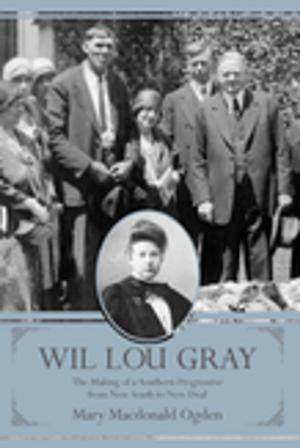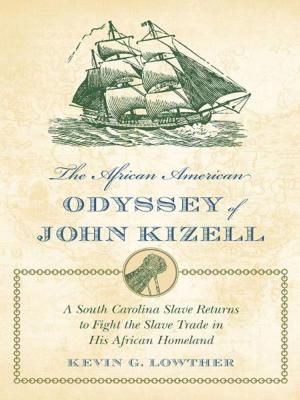| Author: | Kathleen Drowne, Linda Wagner-Martin | ISBN: | 9781611174038 |
| Publisher: | University of South Carolina Press | Publication: | July 21, 2014 |
| Imprint: | University of South Carolina Press | Language: | English |
| Author: | Kathleen Drowne, Linda Wagner-Martin |
| ISBN: | 9781611174038 |
| Publisher: | University of South Carolina Press |
| Publication: | July 21, 2014 |
| Imprint: | University of South Carolina Press |
| Language: | English |
Understanding Richard Russo explores the significant themes and patterns in this contemporary American author’s seven novels, a memoir, and two short story collections, including the 2002 Pulitzer Prize-winning novel, Empire Falls. Known for assembling large casts of eccentric characters and sweeping multi-generational storylines, Russo brings to life hard-hit rural manufacturing towns and their inhabitants even as he explores the bewildering, painful complexities of family relationships. This critical study by Kathleen Drowne first recounts Russo’s biography, then explores his novels chronologically, and ends with a chapter dedicated to his other works. Drowne invites readers to appreciate more fully Russo’s evocative portrayals of hardscrabble working-class life in failing rural towns of the Northeast by identifying major themes and patterns present in Russo’s work. In Mohawk, The Risk Pool, Nobody’s Fool, Empire Falls and Bridge of Sighs, readers can see the primary recurring theme of Russo’s work: the plight of deteriorating rural communities and the dramatic impact of that decline on their blue-collar inhabitants. A second important theme in Russo’s fiction is the complicated relationship between emotionally scarred sons and their abusive, absent, or neglectful fathers; such relationships fuel the narratives of The Risk Pool, Nobody’s Fool, Empire Falls, Bridge of Sighs, and That Old Cape Magic. Russo also utilizes large casts of realistic but highly eccentric characters—worn-out shopkeepers and odd-jobbers, alcoholics, invalids, and ne’er-do-wells—whose lives are emblematic of both the dignity and the desperation of crumbling Rust Belt towns. Russo possesses, as one New York Times reviewer commented, “that wonderfully unfashionable gift for effortless storytelling on a sweeping, multigenerational scale,” which undoubtedly cements his place among his contemporaries in modern American literature. Drowne offers readers an insightful point of entrance into Russo’s body of work to date.
Understanding Richard Russo explores the significant themes and patterns in this contemporary American author’s seven novels, a memoir, and two short story collections, including the 2002 Pulitzer Prize-winning novel, Empire Falls. Known for assembling large casts of eccentric characters and sweeping multi-generational storylines, Russo brings to life hard-hit rural manufacturing towns and their inhabitants even as he explores the bewildering, painful complexities of family relationships. This critical study by Kathleen Drowne first recounts Russo’s biography, then explores his novels chronologically, and ends with a chapter dedicated to his other works. Drowne invites readers to appreciate more fully Russo’s evocative portrayals of hardscrabble working-class life in failing rural towns of the Northeast by identifying major themes and patterns present in Russo’s work. In Mohawk, The Risk Pool, Nobody’s Fool, Empire Falls and Bridge of Sighs, readers can see the primary recurring theme of Russo’s work: the plight of deteriorating rural communities and the dramatic impact of that decline on their blue-collar inhabitants. A second important theme in Russo’s fiction is the complicated relationship between emotionally scarred sons and their abusive, absent, or neglectful fathers; such relationships fuel the narratives of The Risk Pool, Nobody’s Fool, Empire Falls, Bridge of Sighs, and That Old Cape Magic. Russo also utilizes large casts of realistic but highly eccentric characters—worn-out shopkeepers and odd-jobbers, alcoholics, invalids, and ne’er-do-wells—whose lives are emblematic of both the dignity and the desperation of crumbling Rust Belt towns. Russo possesses, as one New York Times reviewer commented, “that wonderfully unfashionable gift for effortless storytelling on a sweeping, multigenerational scale,” which undoubtedly cements his place among his contemporaries in modern American literature. Drowne offers readers an insightful point of entrance into Russo’s body of work to date.















